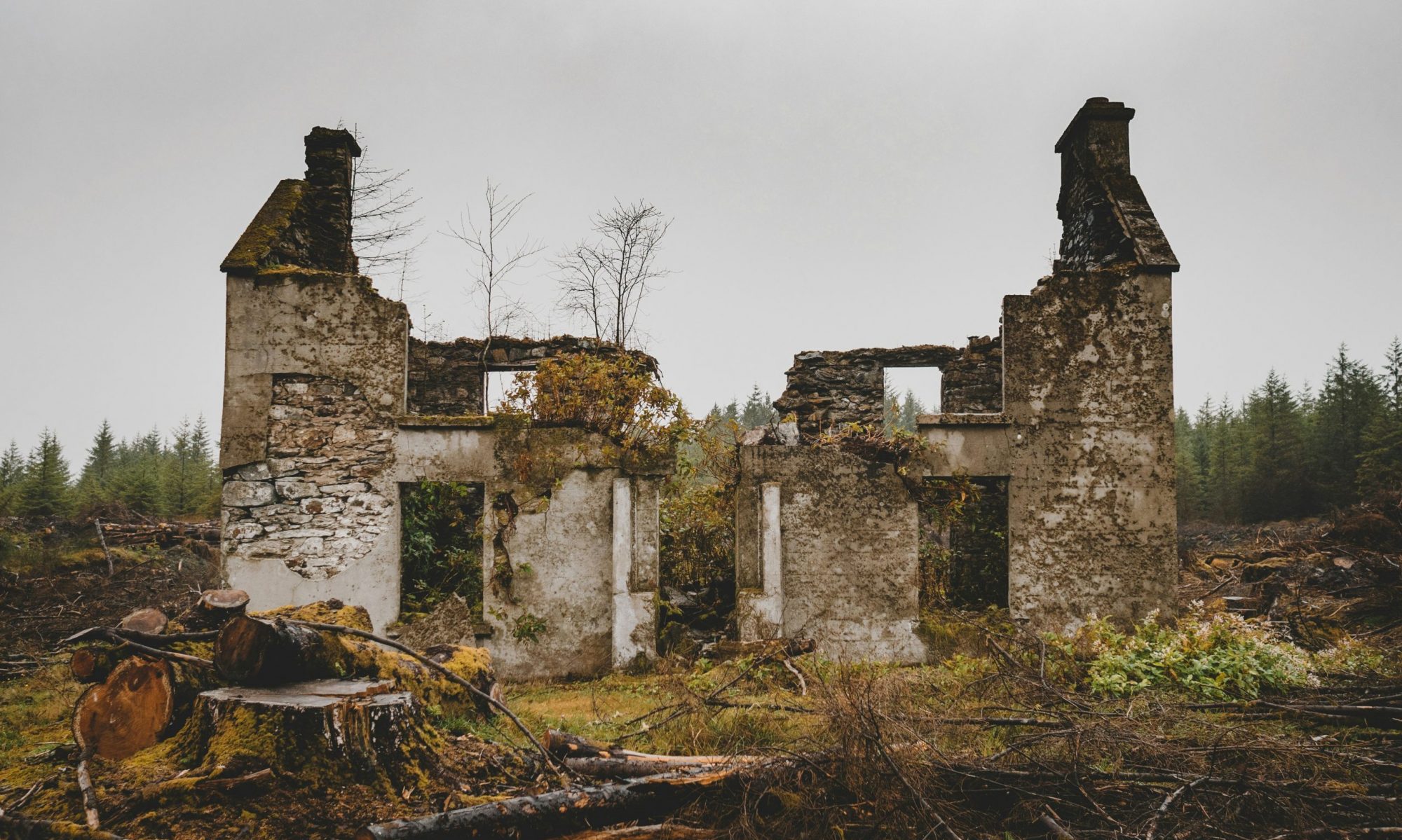Mass concrete was a popular building method in Ireland from the 1920s to the 1950s, especially in rural areas and for local authority housing. These homes were typically built with thick, solid walls made from concrete poured in sections—without the steel reinforcement we associate with modern concrete. While durable and economical in their time, many of these structures are now facing issues such as damp, cracking, and poor thermal performance.
If you own or are planning to restore a mass concrete home, understanding the nature of the material and how best to work with it is essential for a successful and lasting renovation.
What is Mass Concrete?
Mass concrete construction involves thick concrete walls, typically 300–600mm, made without reinforcement. These walls were usually cast in-situ using basic shuttering and filled with a mix of sand, gravel, cement (or lime), and water. These homes can last generations, but poor alterations—especially with incompatible modern materials—can accelerate decay.
Restoration Best Practices
1. Start with a Thorough Assessment
Before any work begins, bring in a conservation-accredited engineer or experienced building surveyor. They can:
- Check for structural cracking or movement.
- Identify damp penetration or trapped moisture.
- Carry out core sampling and thermal imaging if needed.
This stage is critical to avoid hidden issues down the line.
2. Managing Moisture is Key
One of the most common problems in mass concrete homes is moisture retention. These buildings were designed to “breathe”, allowing moisture to escape through permeable materials.
What to do:
- Remove non-breathable finishes such as cement renders or gypsum plaster.
- Use lime-based render externally and lime plaster internally.
- Improve ground-level drainage—adding French drains or ensuring gutters and downpipes are functioning correctly.
3. Wall Treatments: Handle With Care
Mass concrete walls do not respond well to being sealed in.
Avoid:
- External wall insulation (EWI) without a full conservation assessment. It can trap moisture and damage the structure.
Preferred:
- Apply breathable lime render or lime harling externally to protect and allow evaporation.
- If insulation is required, use internal breathable insulation systems such as wood fibre or calcium silicate boards.
4. Thermal and Energy Upgrades
While upgrading the building’s energy performance, respect the original fabric.
- Attic Insulation: Easy to add and very effective.
- Windows: Replace with high-performance heritage-style units that balance insulation and appearance.
- Ventilation: Upgrade to ensure fresh air without relying on opening windows—especially important after insulating.
5. Dealing with Cracks
Over time, thermal movement or foundation issues may cause cracking. Repairs must be done carefully:
- Use lime grout injection to fill deep cracks while maintaining breathability and flexibility.
- Avoid hard-setting repair mortars like cement or epoxy.
6. Finishes Matter
For decorating and protecting the home:
- Use vapour-permeable paints like limewash or silicate paint.
- Avoid plastic-based paints (acrylic or vinyl), which seal the surface and trap moisture.
Funding and Compliance
Many mass concrete homes may qualify for grants such as:
- Vacant Property Refurbishment Grant
- SEAI Home Energy Grants
However, works must meet modern Building Regulations, particularly Part L (energy performance) and Part B (fire safety). An experienced contractor or retrofit advisor can guide you through grant eligibility and compliance.
Restoring a mass concrete home is about respecting its strengths and limitations. With careful planning and the right materials, these homes can be made comfortable, energy-efficient, and structurally sound—without losing their original character.


Concrete poured Insitu on site is considered to be airtight. What science papers are you referring too?
Hi Raymond, thanks for taking the time to read and comment.
You are 100% correct with regards concrete mixed using modern cement, that is considered to be fully airtight when used in conjunction with gypsum plaster. Here we are discussing the breathability of traditional structures and how modern plasters and paints are making them unable to move moisture effectively leading to issues with moisture in the structure.
As you are most assuredly aware, breathability and airtightness are not the same thing and are often misunderstood in reference to building science. The molecular size of water particles means it can pass through airtight membranes and structures often being trapped in interstittial layers behind eg stud walls or drylining works leading to damp problems.
Great post! Restoring mass concrete homes means tackling moisture, repairing cracks, and improving insulation—practical tips like these are key!